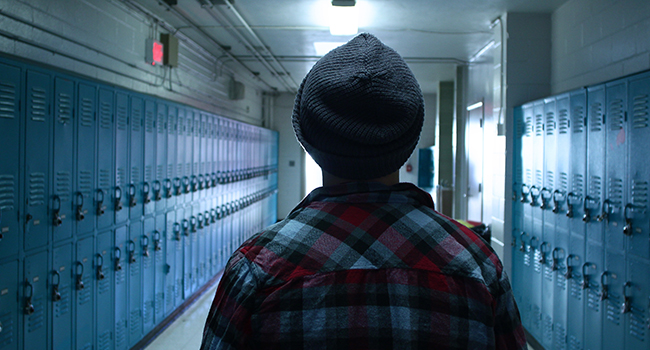
School District Partners with Sandy Hook Promise to Battle School Violence
The $500,000 grant is funded via the STOP School Violence Act. The grant money will go toward programs to teach students, teachers and administrators how to identify and help students exhibiting warning signs of violence toward themselves or others.
- By Jessica Davis
- November 13, 2018
St. Tammany Parish Public Schools has received a $500,000 grant to go toward training programs with the goal of reducing the risk of school violence. In order to secure the federal grant, the district is partnering with nonprofit organization Sandy Hook Promise.
The funding comes at a time in which tragic incidents of violence on campuses, such as the Parkland, Fla., shooting in February, have pushed school safety and security to the top of everyone’s minds.
“It’s such a hot topic in the news,’’ said school board member Jack Loup. “No matter where it is (violent events at schools), it’s the big thing.’’
The School Board agreed in May to add officers and mental health providers to each of the district’s campuses, an effort that costs an estimated $4 million annually. The St. Tammany Parish Sheriff’s Office and police departments from Mandeville, Covington, Madisonville, Slidell and Pearl River contract with the district to provide officers to each school.
The $500,000 grant is funded via the STOP School Violence Act. The grant money will go toward programs to teach students, teachers and administrators how to identify and help students exhibiting warning signs of violence toward themselves or others.
Schools Superintendent Trey Folse said the grant will “support the training of our students and educator in prevention methods to maximize safety and security measures.’’
St. Tammany Parish Public Schools will use the following programs developed by Sandy Hook Promise:
- Say Something: A program that trains youth to recognize and report signs, particularly in social media, of an individual who might harm themselves or others.
- Start with Hello: This program trains youth to be more socially inclusive.
- SOS Signs of Suicide: This program trains students and adults to recognize the warning signs of youth suicide and how to intervene.
- Safety Assessment and Intervention: This is training for schools to identify and respond to threatening behavior before it escalates to violence.
About the Author
Jessica Davis is the Associate Content Editor for 1105 Media.